
9 'super foods' favored by people over 100 years old
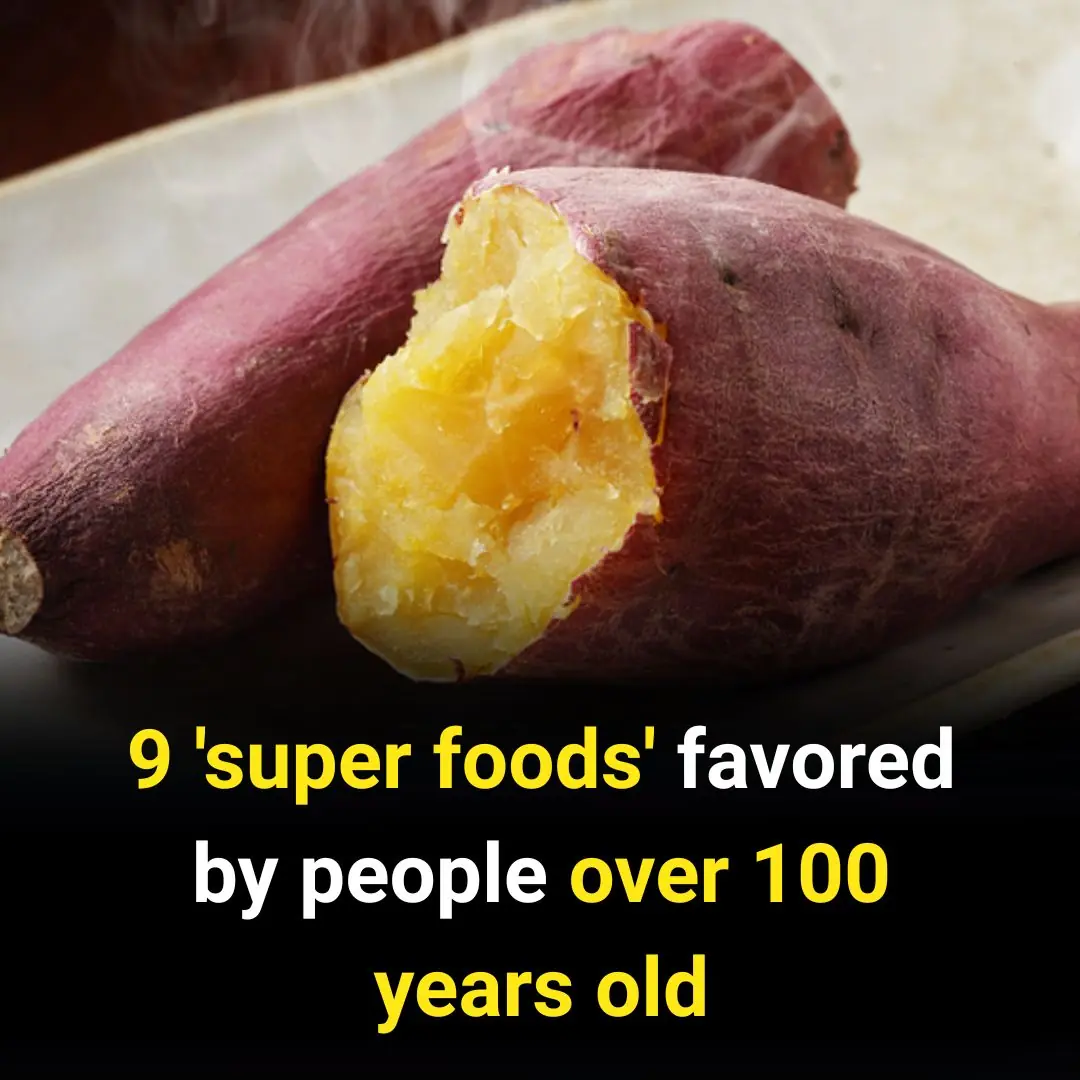
Introduction
Leafy greens, legumes, shiitake mushrooms, nuts, sweet potatoes, and whole grains are among the favorite foods consumed by people in the Blue Zones.
Dan Buettner, a longevity expert, is known for studying the diets and lifestyles of people in the Blue Zones — a term referring to areas with lifestyles and diets that produce the highest percentages of centenarians in the world. The five Blue Zones are Ikaria in Greece, Barbagia in Sardinia, Italy, Okinawa in Japan, Nicoya in Costa Rica, and Loma Linda in the United States.
Buettner’s research examines many aspects of lifestyle, including daily activity and social connections, but the focus is primarily on nutrition. Residents of all five Blue Zones share common eating habits, especially revolving around certain superfoods that play an important role in healthy aging. Here are nine “superfoods” commonly consumed in the Blue Zones, linked to better health and longer life.
1. Leafy Greens
In the Blue Zones, vegetables — especially dark leafy greens — are highly valued. Residents consume a variety of greens such as spinach, Swiss chard, and kale. In Ikaria, Greece, for example, there are over 150 types of wild greens, including dandelion, purslane, and arugula.
Just one cup of leafy greens a day provides significant amounts of minerals and carotenoids, which the body converts into vitamin A. Studies show that regular consumption of leafy greens can help prevent cognitive decline and dementia.
2. Legumes
Legumes like beans, lentils, and peas are staples in the Blue Zone diets. Buettner found that people in these areas consume legumes at least four times more than the average American. Black beans are popular in Nicoya, soybeans in Okinawa, and in Ikaria, garbanzo beans, lentils, and black-eyed peas are common.
Rich in nutrients, fiber, and plant-based protein, legumes are complex carbs that provide steady energy. The fiber also supports digestive health, and numerous studies have shown that regular legume consumption increases lifespan.
3. Shiitake Mushrooms
Highly prized in Okinawa, Japan, shiitake mushrooms are a popular food, often added to miso soup or stir-fried vegetarian dishes. Traditionally used in Asian medicine, this mushroom is known for its cholesterol-lowering and immunity-boosting benefits.
Shiitake mushrooms can be eaten raw, sautéed, added to soups or salads, or used as a topping for flatbreads. They contain over 100 unique compounds celebrated for their immune-protective properties and potential anti-cancer benefits.
4. Nuts
Although small, nuts pack a powerful nutritional punch. Rich in heart-healthy fats, protein, and essential nutrients like magnesium, folate, and vitamin E, nuts are an ideal daily snack. According to Buettner, most Blue Zone residents consume about 1–2 handfuls of nuts daily.
Nuts can be sprinkled on salads, added to yogurt or granola, or enjoyed by the handful between meals. Excellent choices include almonds, walnuts, pistachios, cashews, peanuts, and Brazil nuts.
5. Sweet Potatoes
In Okinawa, sweet potatoes — especially the purple variety — are a cornerstone of the local diet. No matter the color, sweet potatoes are rich in fiber, vitamin B, and beta-carotene, which the body converts into vitamin A to support immunity and overall health. Their skins contain antioxidants, some with potential anti-cancer benefits.
6. Whole Grains
Whole grains like oats, brown rice, barley, and cornmeal are frequently eaten in Blue Zones. These foods are rich in nutrients, providing long-lasting energy and helping protect against chronic illnesses.
Research published in The BMJ shows that a higher intake of whole grains can significantly reduce the risk of heart disease, diabetes, and certain cancers. Start your day with steel-cut oats or add brown rice to lunch or dinner for an energy and nutrition boost.
7. Fruits and Vegetables
Technically, fruits and vegetables are carbohydrates — and some of the best ones. Buettner’s research found that roughly 65% of the Blue Zone diet consists of carbs, primarily from fruits, vegetables, and whole grains.
Blue Zone residents enjoy a wide range of produce, including antioxidant-rich berries, citrus fruits, grapes, carrots, lemons, and even bitter melon.
8. Fish
In many Blue Zone communities, fish is eaten regularly, but not in excess. Typically, fish is consumed a few times per week and in moderate portions as part of a plant-heavy diet.
Varieties such as sardines, anchovies, and mackerel are rich in omega-3 fatty acids, which support heart and brain health.
9. Olive Oil
In Ikaria, Greece, olive oil is a cornerstone of the local cuisine. It’s one of the few vegetable oils rich in heart-healthy monounsaturated fats that help reduce cholesterol. Olive oil also contains polyphenols, which reduce oxidative stress in the body.
Over time, oxidative stress caused by fried foods, smoke, pollution, and other factors can raise the risk of cancer. Switching from vegetable oils to olive oil is an easy, beneficial change for overall health.
News in the same category

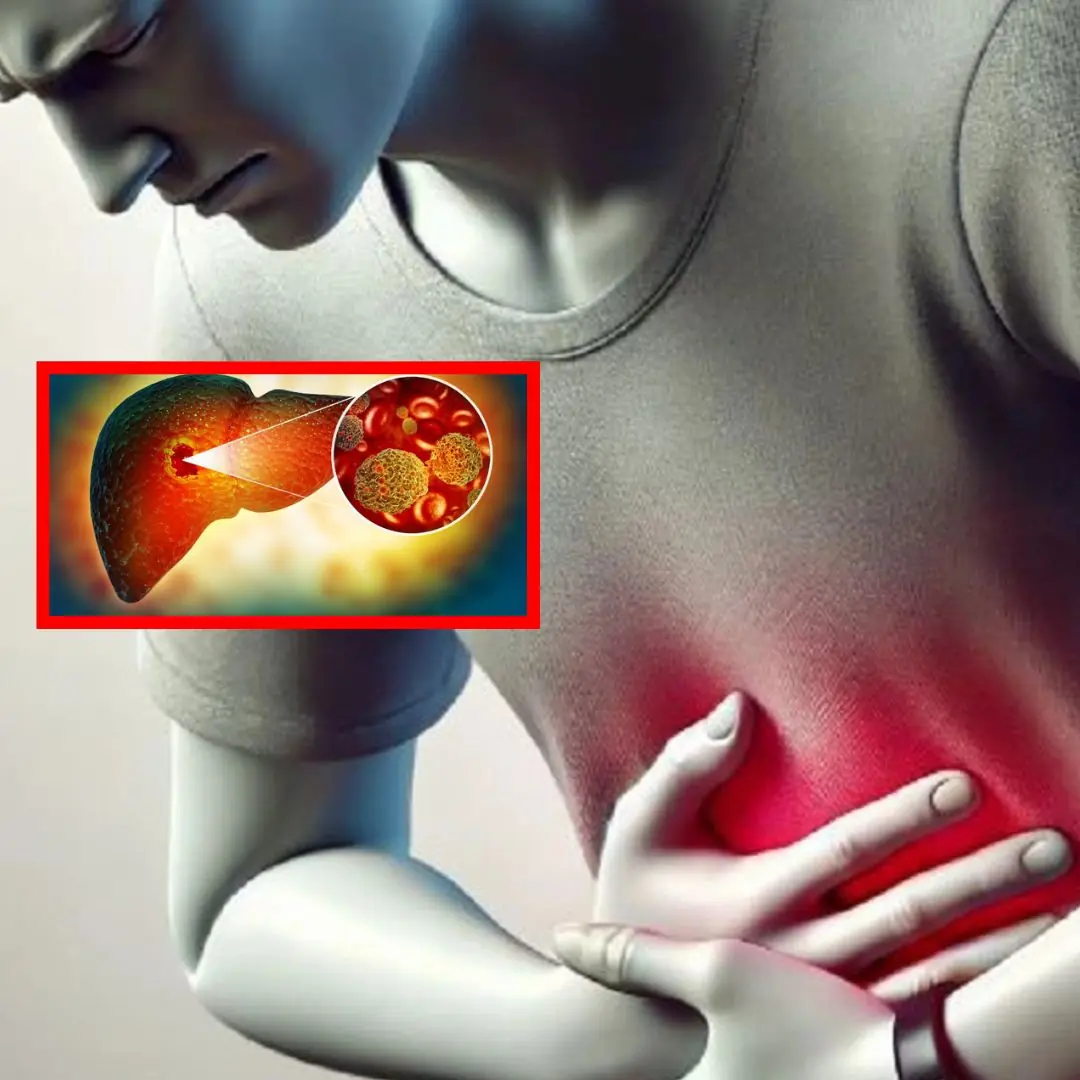
5 Nighttime Symptoms Warning of Fatty Liver

5 Dan.gers of Using Your Phone in the Bathroom

5 groups of people should not drink coffee or it will harm their health

Yellow palms: What is the cause of deficiency? How to cure it completely?

Warning! Stop Putting These 5 Things in the Fridge—They Could Become “Invisible Kil.lers”

6 Everyday Foods You Think Are Safe - But Are Actually To.xic

Kidney atrophy before age 30: Doctors warn of 2 habits that cause kidney failure, many people suffer from it

This popular summer fruit has received attention from scientists for its cooling, diuretic properties and ability to naturally support liver detoxification.

6 Simple Ways to Reduce Water Retention
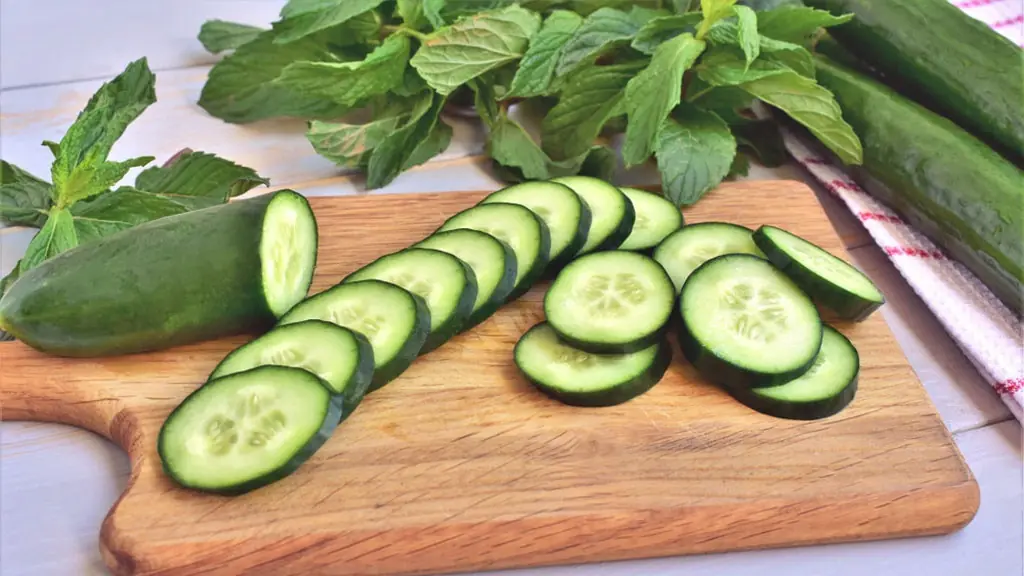
4 groups of people should avoid eating cucumbers

Drinking Hot Water: Health Benefits and R.i.sks
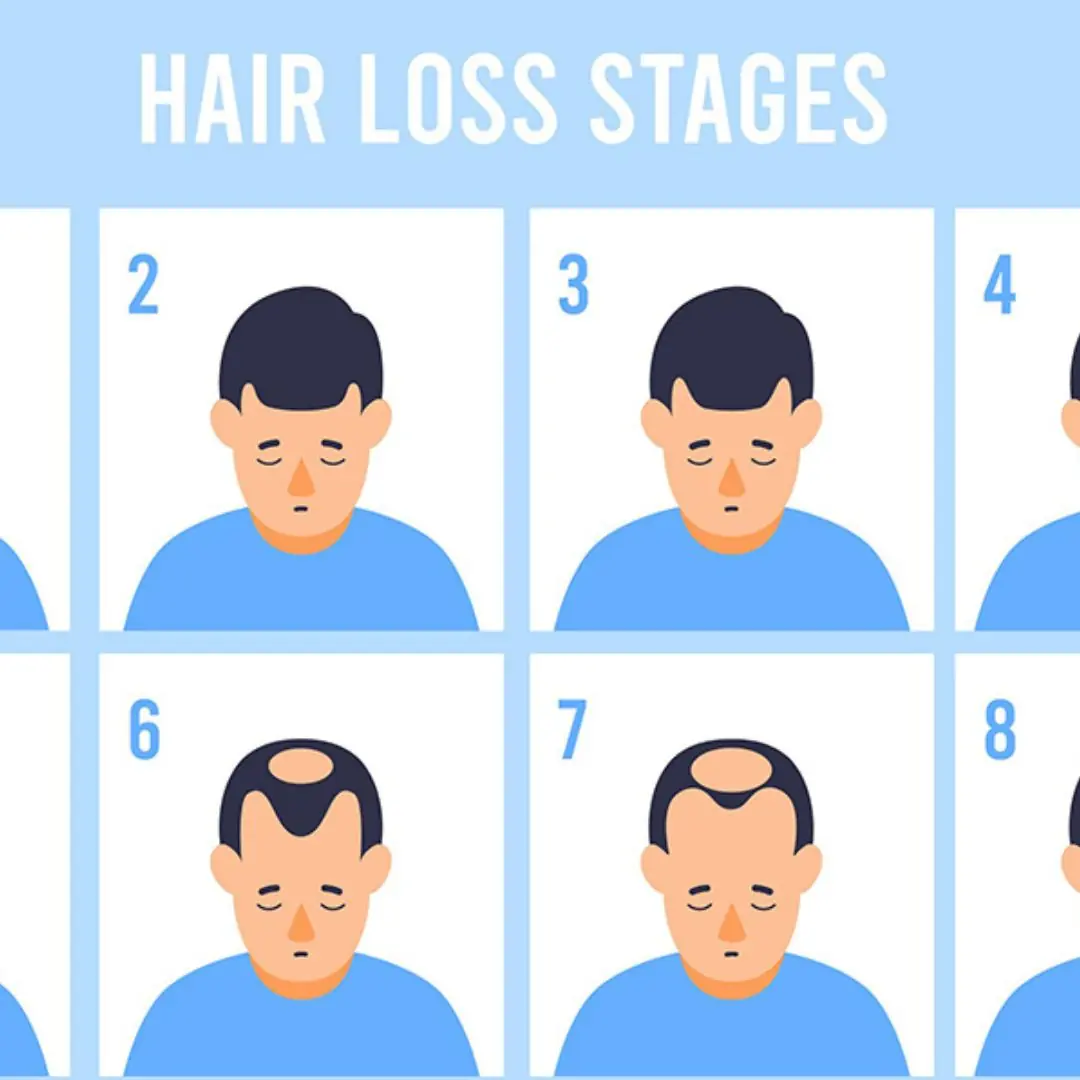
When Does Male Pattern Baldness Start And How To Prevent It

21-year-old male student with severe kidney and heart failure: The "culprit" is a familiar drink, not alcohol
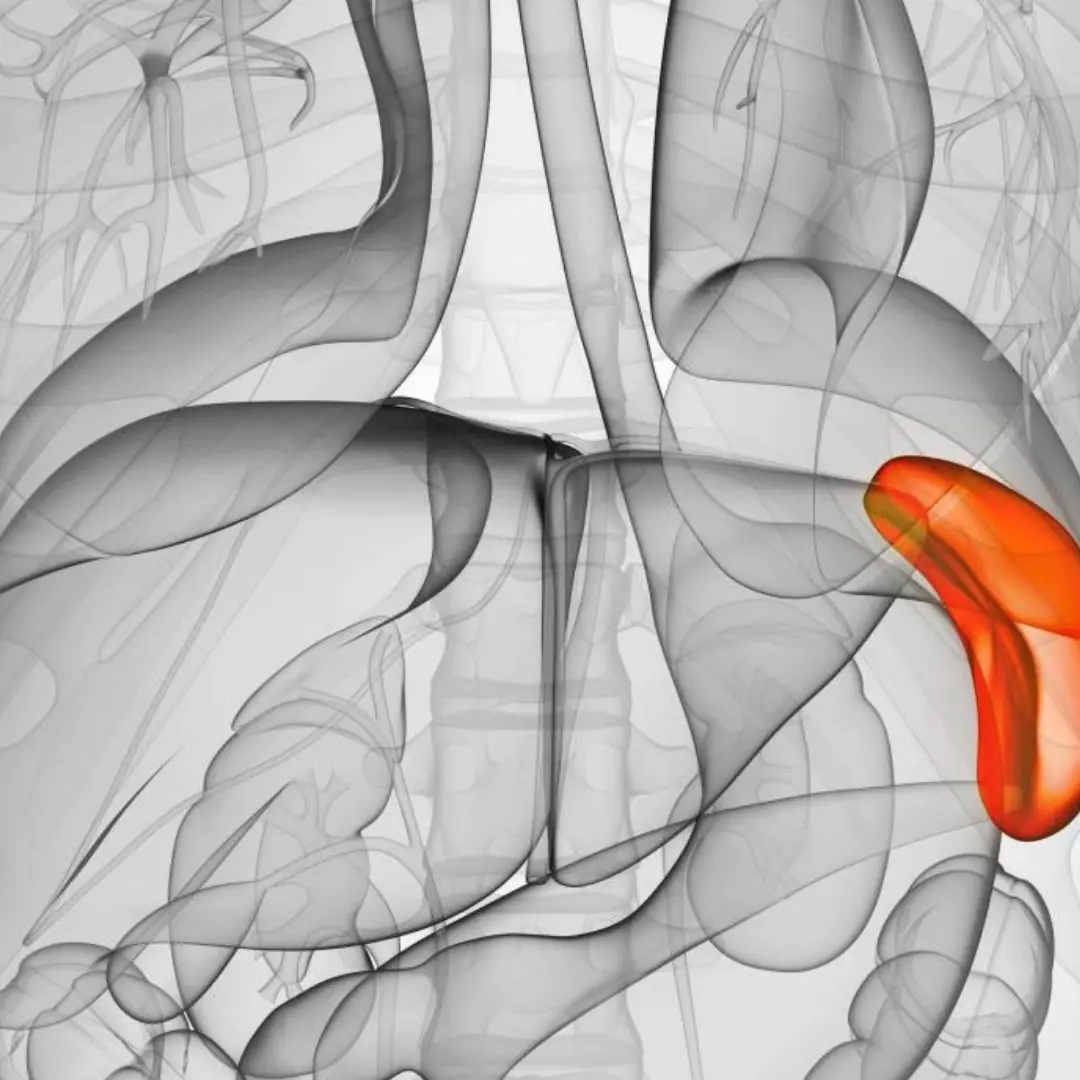
What are the symptoms of ca.n.cer of the spleen?

Root vegetables are the "king of vegetables", with protein as good as meat and 10 times more vitamin C than apples
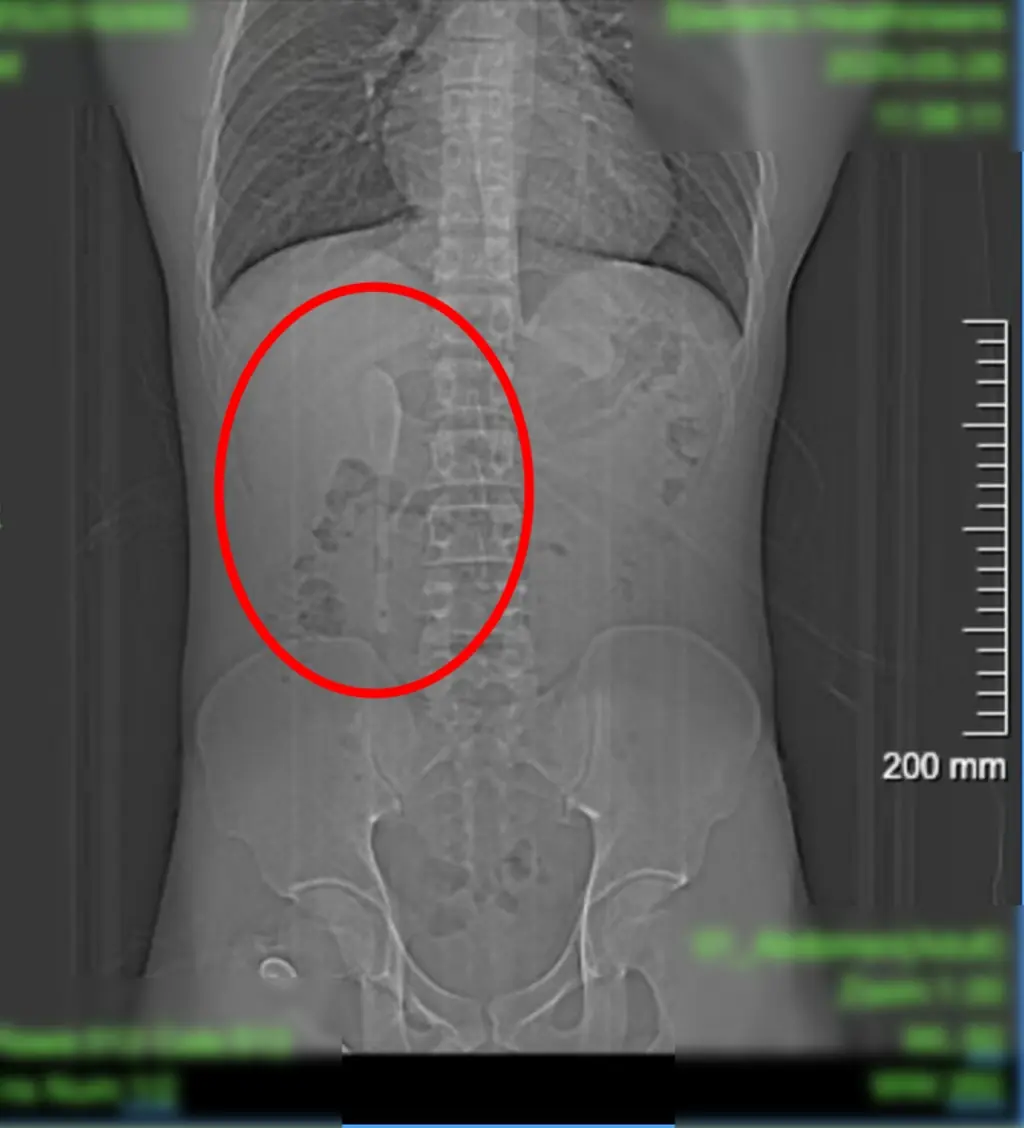
Man Goes to Hospital for Sto.mach Pain—Doctors Shocked by What They Find Inside

Why Does the Vagina Smell Sour? 4 Real Reasons Every Woman Should Know

Warning About 2 “Hidden Culprits” You Might Be Overlooking
News Post
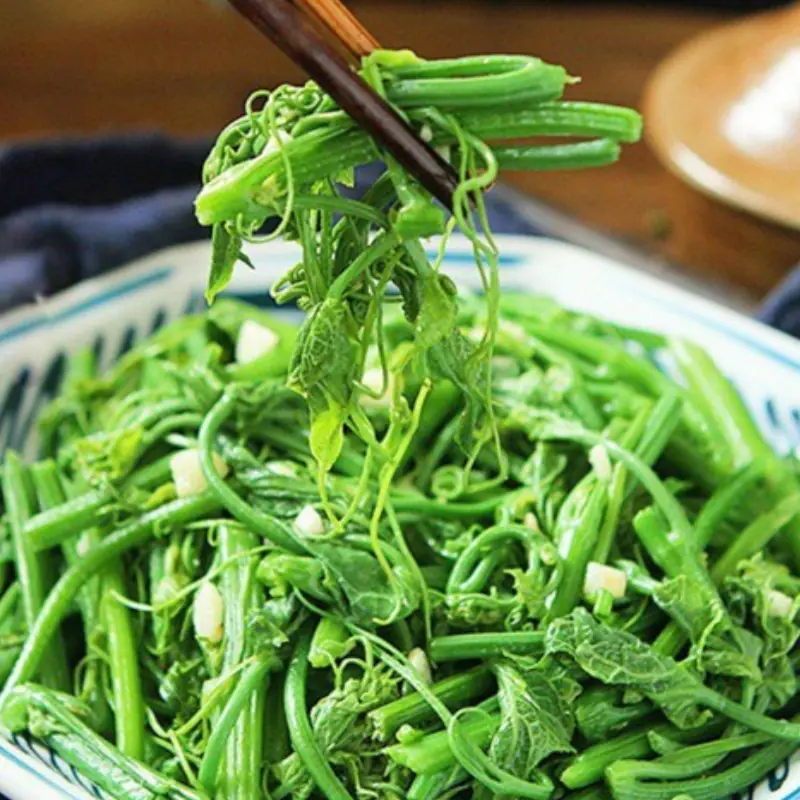
There’s a Vegetable Richer in Iron Than Beef
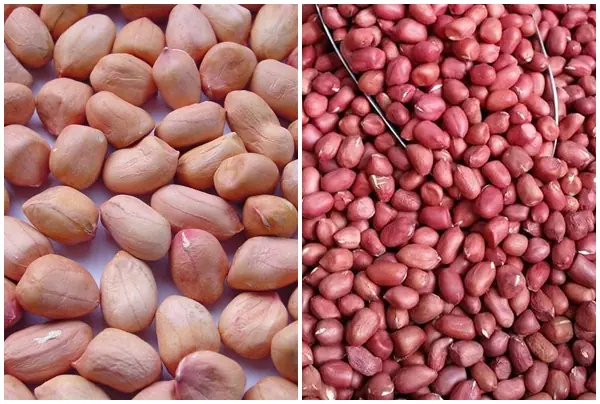
The difference between red peanuts and white peanuts

If You See These 4 Types, Walk Away Immediately No Hesitation

Those with gout should absolutely avoid these foods

US approves 'guided missile' drug to treat lung c.a.n.cer

5 Nighttime Symptoms Warning of Fatty Liver

When I discovered the truth, I was left speechless and heartbroken
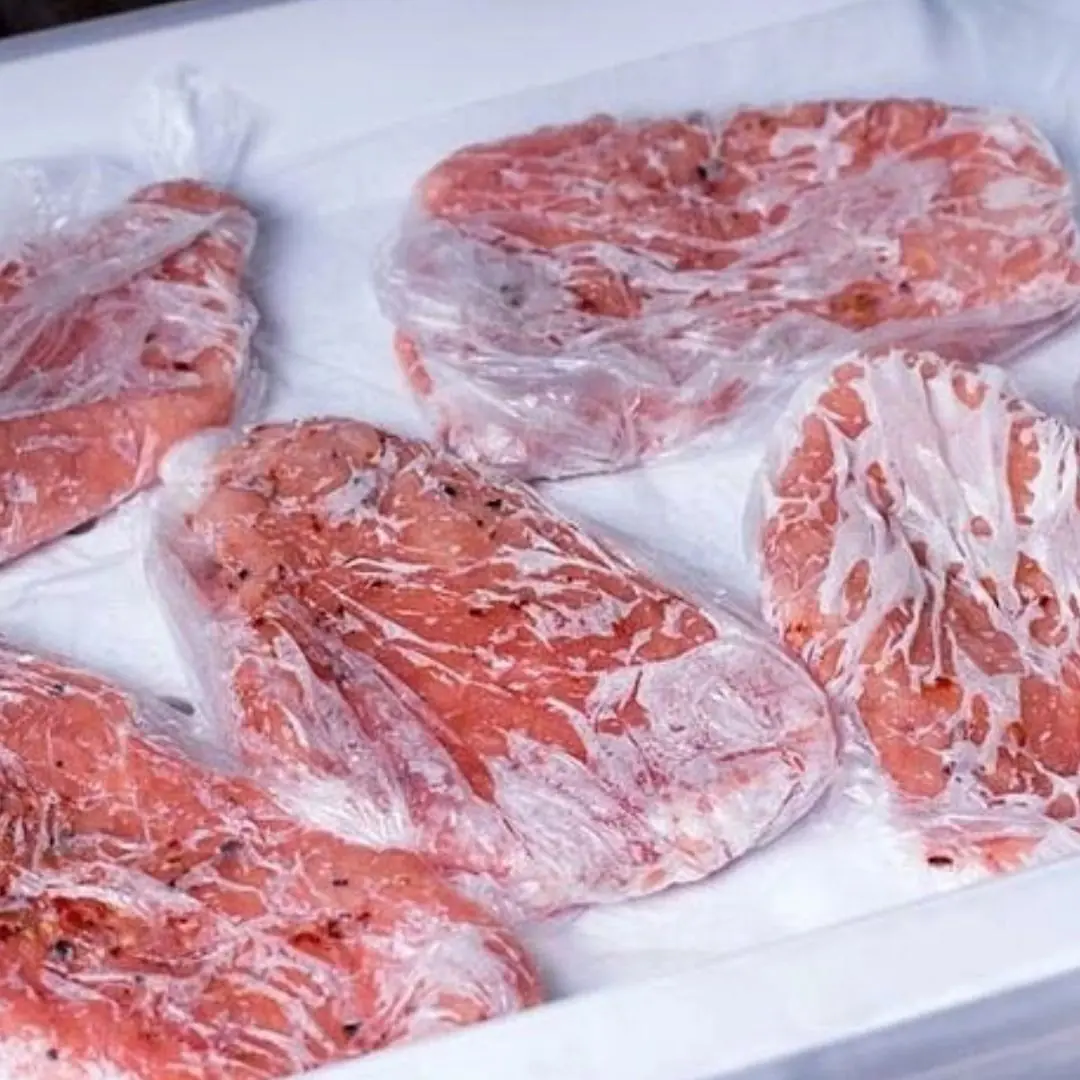
We have a habit of freezing meat and fish to eat gradually, so how long can frozen food be used to ensure safety and quality?
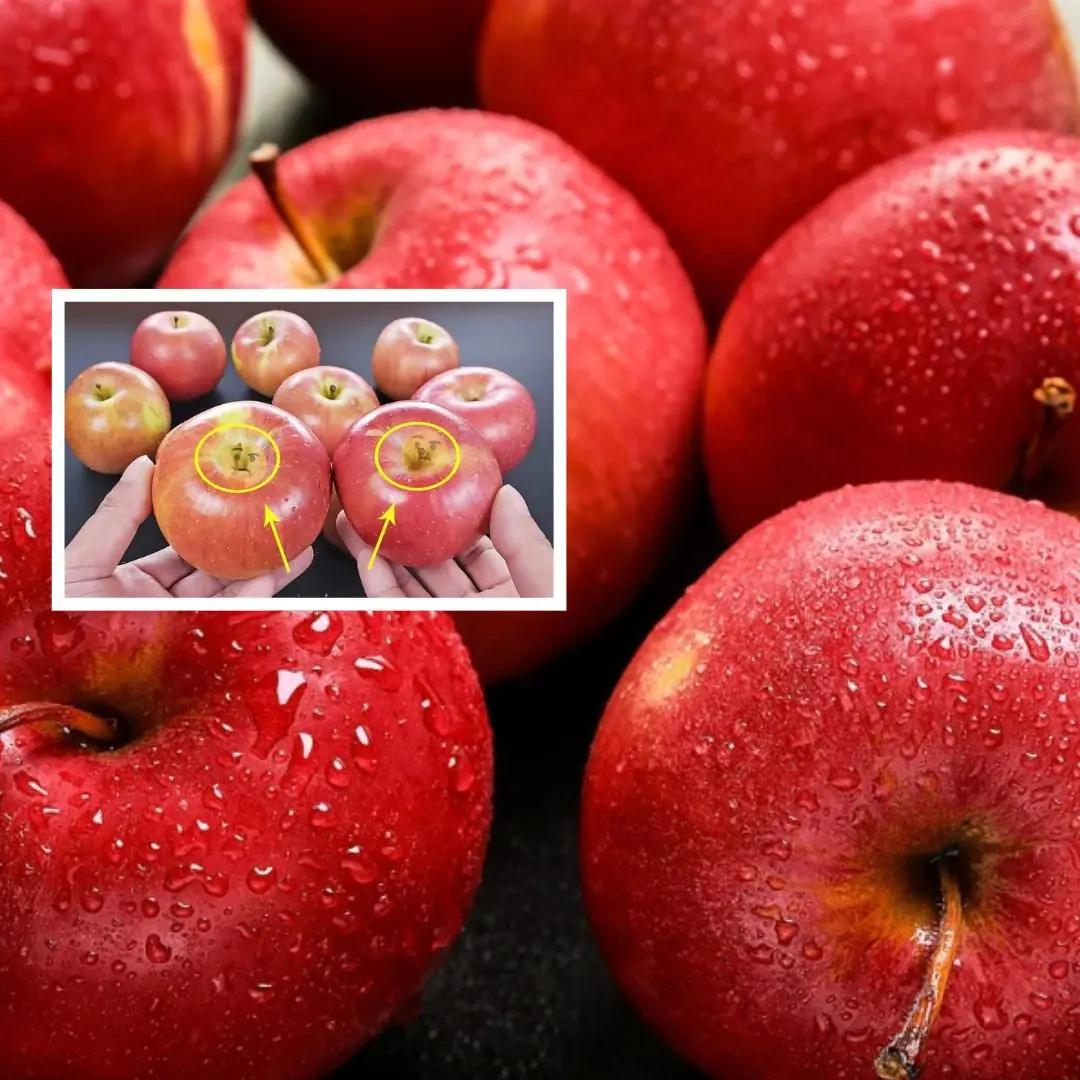
Want crisp, juicy, and delicious apples?

5 Dan.gers of Using Your Phone in the Bathroom

Why You Should Never Use Wastewater to Flush the Toilet
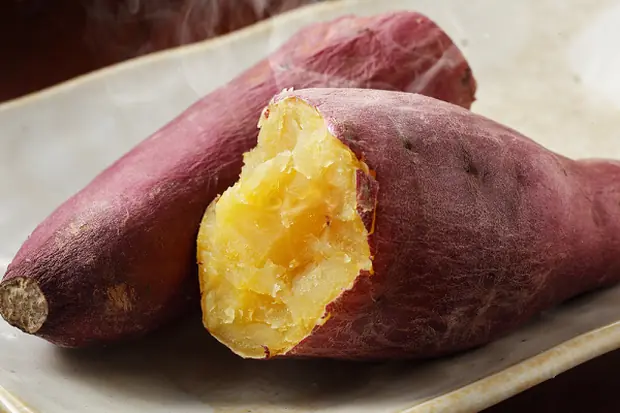
There Are Two "Golden Times" in the Day to Eat Sweet Potatoes

5 groups of people should not drink coffee or it will harm their health

Ways to Maximize the Health Benefits of Cinnamon

With just a few simple tips below, you can keep ginger fresh for up to 6 months, without refrigeration, without taking much time.

9 Natural Remedies For Teeth Whitening
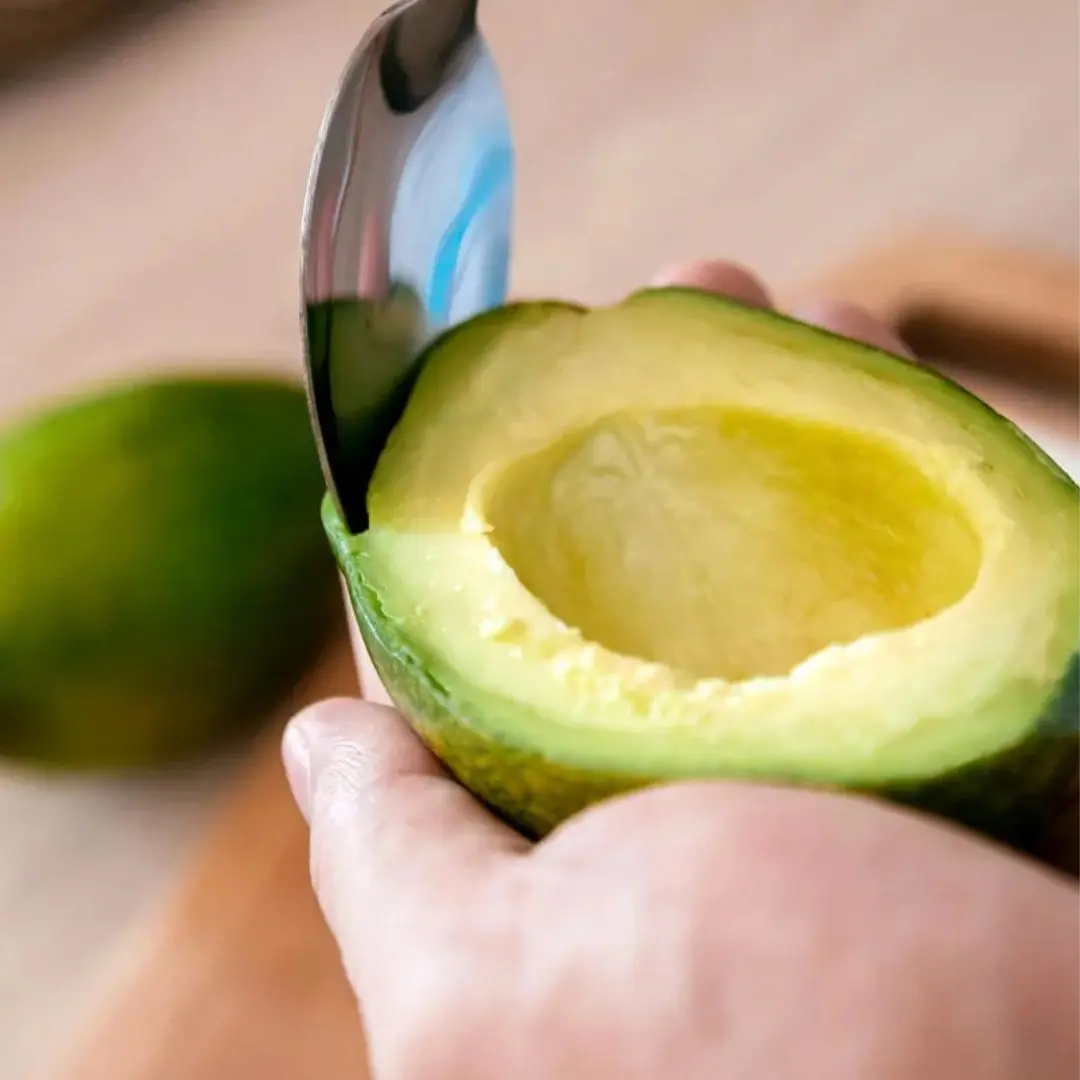
Why you should NEVER eat more than half an avocado in a single day
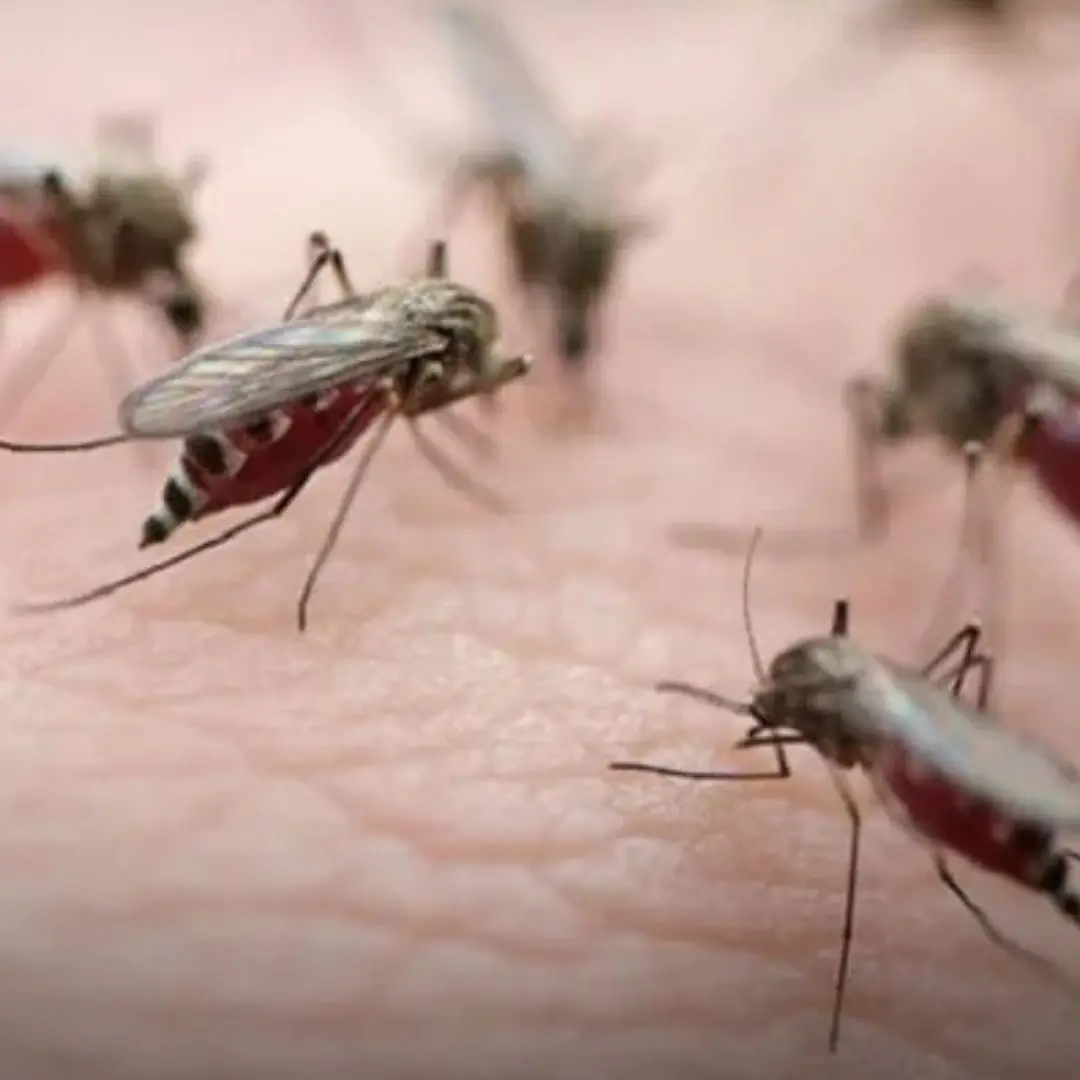
What is the lack of nutrients that causes frequent mosquito bites? How to effectively repel mosquitoes?
